We wanted to do a quick post as to the situation with the ACE Satellite data.
Often, while watching a solar event, we hear people complain that the ACE data has stopped working. This is due to ACE being put into safe mode, in order to protect the sensors aboard the satellite. If the sensors are online and working when a significant solar event occurs, the sensors could be badly damaged.
Update Jan 25 @ 16:45 :
ACE is now back up and running. We started receiving data from ACE once more at around 10:00 UTC today. At 1st glance, it would appear that as reported below, the CRIS Image Intensifier did power off at 023-07:46:38, and has now powered back on.
Update Jan 25 @ 06:51 :
Our friend Joinca just brought the following to our attention. Thank you Joinca!
==================================================
ACE Weekly 01/17/2012 - 01/23/2012
All ACE spacecraft subsystems are performing as expected.
==================================================
Orbit/Attitude:
No maneuvers were completed this week. The next attitude maneuver is
scheduled for Monday 01/30/2012.
===================================================
OCRs:
MOCR 387 has been approved to allow the spacecraft to violate the 4
degree sun constraint and drift to a sun angle of 2 degrees during the
February 2012 Solar Exclusion Zone (SEZ) transit. The maneuver on
Monday 01/30/2012 will orient the spacecraft prior to the transit with a
sun angle of 10 degrees. As the spacecraft moves relative to the sun,
the sun angle will decrease to 2 degrees on Wednesday 02/08/2012 and
then increase to 12 degrees when the next maneuver will occur on Tuesday
02/21/2012.
==================================================
Activities:
Data Capture: 100% DOY 015-022 2012
DSN antenna time is reduced during the new moon when the GRAIL mission
viewperiod overlaps ACE. No data loss is expected, but the playback
will be behind by ~10 hours. We will be caught up by January 29.
With the recent solar activity, the ULEIS shutter closed to 25% at
022-07:21:39z. The shutter will reopen automatically when the solar
activity decreases. Also, it looks like the CRIS Image Intensifier
powered off at 023-07:46:38z. It's the first time the Image Intensifier
has automatically shut off since 12/6/2006. The CRIS science team waits
for the solar activity to decrease before requesting to send the
commands to turn it back on.
With the February Solar Exclusion Zone (SEZ) transit approaching, SSMO
management suggested comparing the August 2011 and November 2011 SEZ
transits with the F10.7 solar flux index. 10.7cm wavelength (2800MHz)
is close to the ACE downlink frequency, 2278.368 MHz. The August 2011
SEZ transit occurred while F10.7 was between 90-98. This low level of
flux is the same as the June 2004 transit and the ACE downlink Signal to
Noise Ratio (SNR) was comparable. During the November 2011 SEZ transit,
F10.7 was decreasing from 169 to 148. As the Sun-Earth-Vehicle (SEV)
angle was increasing and F10.7 was decreasing, we found that the high
data-rate was possible with F10.7 < 150 and SEV >= 0.8 degrees. Our
current working theory is that if F10.7 is above 150 during the transit
(Feb 6 through Feb 10), then we'll have >24 hours of data loss. See
attached file, "f10.7.gif".
Work is ongoing to get the 18-meter WS1 ground antenna configured for
ACE so that it can be used during the upcoming February Solar Exclusion
Zone transit for low-rate real-time solar wind data. During the
November 2011 transit, NOAA SWPC had very limited data when the
Sun-Earth-Vehicle (SEV) angle was less 0.6 degrees using their ~11-meter
antennas, which lasted 48 hours.
===================================================
Anomalies:
DOY 018 01/18/2012 S-ACE-0637 G12-0001 DSS-27 down & DSS-24 switch
DSS-27 was not available for the ACE pass at the end of the scheduled
maintenance time (DR#G112268). DSN moved the ACE pass to DSS-24. The
schedule was changed after the pass Start time (2012-018-20:45:00), so
the automated system had already configured for DSS-27. The viewperiod
for DSS-24 was different than DSS-27 (DR#G112270), so commanding was
unavailable for the last 25 minutes of the pass.
IMPACT: Manual intervention required to switch stations and to clean up
procedures at the end of the pass.
====================================================
Original Report - Jan 24 2012:
We believe ACE was not put into safe mode before the current strong proton storm occurred.
Right now, ACE is not reporting any data on solar wind speed, density or temperature.
We do hope that the ACE sensors were not permanently damaged and we will soon have the data available to us once more
Solen reported on Jan 23, 2012: ACE solar wind speed, density and temperature became invalid after approx. 06:30 UTC due to sensor contamination
http://www.solen.info/solar/
The Advanced Composition Explorer ( ACE ) spacecraft satellite probe onboard sensing camera detectors, however rely on the ‘orderly flow of electrons’ for it to function properly in sending signals back to Earth station receivers, but amidst a Solar Energetic Particle Event ( SEPE ) from an ‘extremely fast’ Coronal Mass Ejection ( CME ) solar flare, the highly excited electrons from the Sun will cause ACE and other satellite monitors to experience electrical power outages that could take NASA longer than 15-minutes to determine ‘why’ the ACE spacecraft went out. Advanced Composition Explorer ( ACE ) was only built to withstand the effects from ‘average solar flare’, not a ‘significant solar flare’. NASA knows ACE 13-year old sensors will ‘cease to function before a significant solar flare even passes ACE in space’. NASA Advanced Composition Explorer ( ACE ) sensing detectors are now 13-years old, not as sensitive as newer technology detectors today, plus ACE has exceeded its NASA calculated life expectance.
http://conceptactivityresearchvault.wordpress.com/2011/05/18/satellite-outages-now-critical-data-problem/
Much of the damage can be mitigated if managers know a storm is coming. Putting satellites in 'safe mode' and disconnecting transformers can protect these assets from damaging electrical surges. Preventative action, however, requires accurate forecasting—a job that has been assigned to NOAA.
http://science.nasa.gov/science-news/science-at-nasa/2010/04jun_swef/
LOS ANGELES – May 18, 2011 – In 1997, NASA could provide Earth with “space weather” ( also known as ) “solar wind” (aka) “solar flare” disturbances ‘early warning’ of between 15-minutes to 45-minutes from the Advanced Composition Explorer ( ACE ) spacecraft satellite probe that detects inbound solar geomagnetic storm streams of highly excited and disorderly flowing ‘electron particles’ ( invisible to the naked eye ), the effects thereof wreak havoc on national electricity grid system transformers and [b]satellites that both burn-out if they are not ‘shutdown’ beforehand because they both become overly loaded from what are called ‘significant’ Solar Energetic Particle Event ( SEPE ) effects above Earth, on the ground, and underwater.
http://conceptactivityresearchvault.wordpress.com/2011/05/18/satellite-outages-now-critical-data-problem/
We did indeed have a significant Solar Energetic Particle Event ( SEPE ) that started on Jan 23, 2012 when we had the strongest proton event since 2003
http://mysolaralerts.blogspot.com/2012/01/another-lde-flare-and-possible-cme-jan.html
We saw the potential for this SEPE event on Jan 20, 2012 as we reported here
http://mysolaralerts.blogspot.com/2012/01/chance-of-sep-event-increasing.html
National Security Electricity Infrastructure Concerns:
While the ‘official report’ ( above ) states, “… the spacecraft [ ACE ] has a ‘design life’ of at least 5-years …,” a ‘national security concern’ in yet another ’official report’ ( see below ) states, the “… Advanced Composition Explorer …” ( ACE ) “… exceeded …” its “… 2-year ‘design life’ …”
http://conceptactivityresearchvault.wordpress.com/2011/05/18/satellite-outages-now-critical-data-problem/
As solar watchers, if we have learned anything it is that we should NOT rely 100% on any data!!!
If something does not look right, or match other available data, then more than likely something is wrong... somewhere.
This is when we go on the search! looking at ALL data we can find! and only then do we come to a conclusion as to the current situation
use ALL available information
data, images and reports from ALL available solar monitoring agencies from around the world
or... Theory #2
NASA launched all new Satellites for solar monitoring from secret launches at Vandenburg.
They don't want us to know because this time they want to keep the monitoring private and finally get rid of us Suntards. They sat, ate cake at the launch, having their drinks, laughing at how screwed us solar freaks are going to be the next time a big solar event takes out ACE, or whatever other outdated monitoring systems we use.

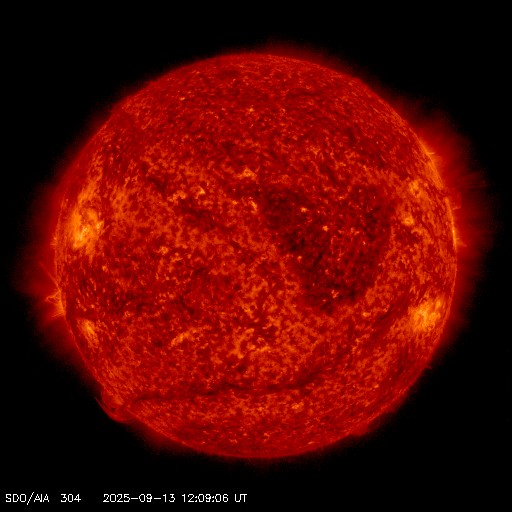
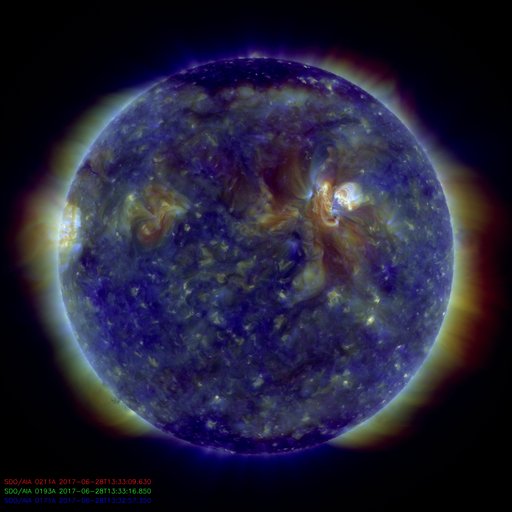
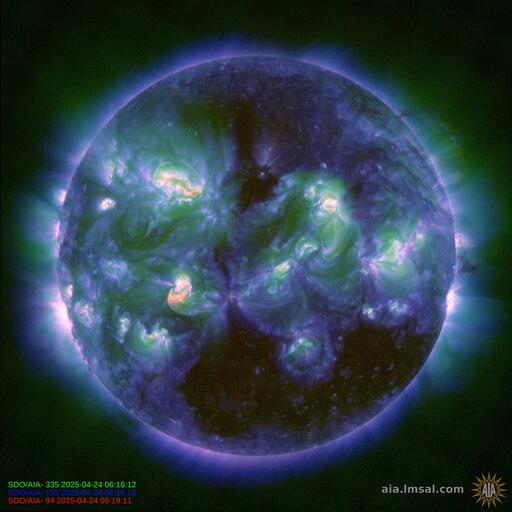
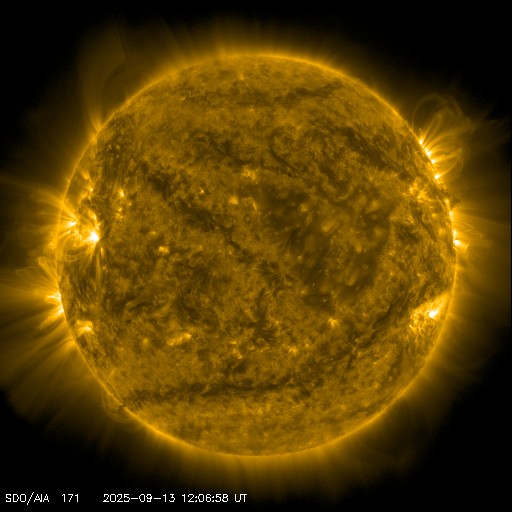
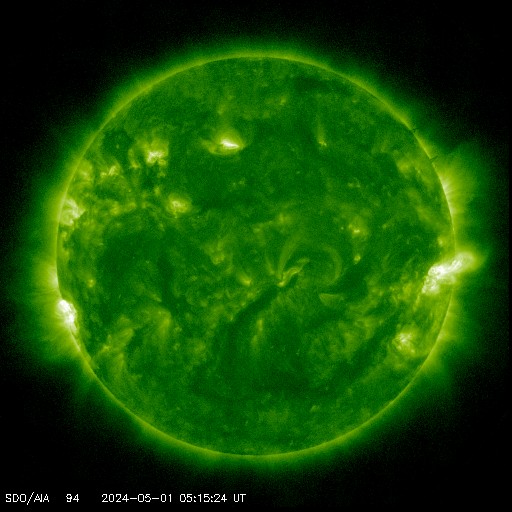
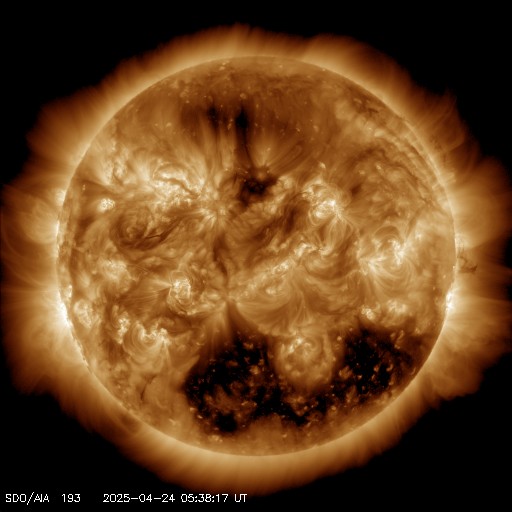

NiN.
ReplyDeleteDoes this mean that the storm may have actually began last night when we began to see the uptick in the data...?
That was very confusing. Now there is a lot of hype going on about this. Most want to go right to the conspiracy and it is hard to debunk that.
Why would ACE not be put into safe mode prior to the proton storm? Any thoughts on that?
yes that is when we believe it started, when we saw the CME arrival on the STEREO HI2 image that we have posted and there was a strong upkick in the ACE data.
ReplyDeletefor me, it is not so hard to believe that a outdated, expired piece of electronics that should have been replaced already, got hit in space by a very strong proton storm, and were damaged. With no magnetospher shielding like we have here on Earths surface, the protons were a direct hit on ACE.
We all see how high the protons are registering here on ground level. You can only imagine what ammount hit ACE.
key word here is DAMAGE
the proton event did not totally fry the ACE sensors
its not dead!
But they were damaged thats for sure
and now they are giving out inaccurate readings
the sensor is not working correctly anymore
I dont know why it was not put into safe mode. All i can say is someone dropped the ball on this event and did not even try to turn off the sensors at any time. They just stayed running.
We can even see the peppered saturation on SOHO LASCO C2 and C3.
They usually turn them off as well.
Why nothing was turned off or put into safe mode is a very good question.
Thanks for the great explanation.
ReplyDeleteIt's really hard to believe that they would simply, drop the ball, don't you think? It's also hard to believe they weren't prepared for equipment so outdated to break down or get fried like this.
You had the storm starting earlier than they did and have proved your timing correct. I suppose it is possible they just weren't ready and were way off with the timing, falsely thinking they still had time to shut down, but I am finding it hard to believe they are that inept.
How crazy is it to think they wanted it to go down...maybe they have an "ACE" up their sleeve that is not public. This is a good way to make it more difficult for people like you to interpret the data of future storms - giving them the ability to control who gets the data. I can't believe they would let themselves get caught with their asses in the wind like that.
It just all seems very odd and there is probably more to it than we will ever know.
IWTB did a great video about it all this evening. Kudos to you three for the info you provided.
haha well we did just post a "Theory #2" on this post that you might like ^^
ReplyDeleteLOL, great minds think alike!
ReplyDeleteGreat post! However, my fear is that you may be right. After all, solar max is coming.
I'll be keeping up with the posts as you watch how this turns out. Thanks for keeping the rest of us informed.
Just awesome
ReplyDelete